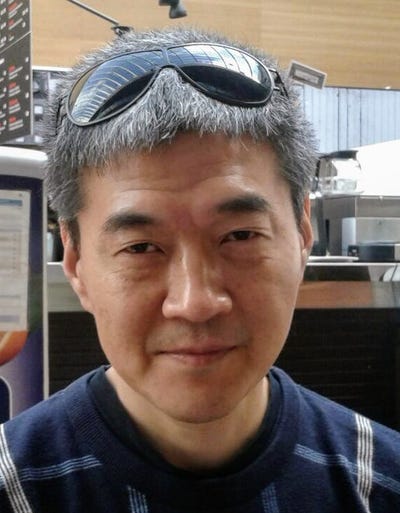China to bolster chip self-sufficiency with new Shanghai facilityChina to bolster chip self-sufficiency with new Shanghai facility
China’s biggest chipmaker will be part of a joint investment of $8.87 billion to build a new fab facility in Shanghai to reduce the country’s reliance on overseas foundries.
September 6, 2021

China’s biggest chipmaker will be part of a joint investment of $8.87 billion to build a new fab facility in Shanghai to reduce the country’s reliance on overseas foundries.
Semiconductor Manufacturing International Corp. (SMIC), China’s biggest chipmaker, disclosed in a regulatory filing with the Hong Kong Stock Exchange that it will enter into a new joint-venture (JV) foundry in Shanghai with the local government as well as other investors. The total investment will be approximately US$8.87, the disclosure said.
The joint-venture, to be based in Shanghai’s Pilot Free Trade Zone Lin-Gang Special Area, targets to reach a monthly production capacity of 100,000 12-inch wafer, using process nodes for 28 nm and above.
Though the products will not be able to compete at the high end with Taiwan’s TSMC and Korea’s Samsung, for example to power the latest flagship smartphones, the new venture is likely to improve China’s capability to rely less on global especially American technologies in making chips of the earlier generations. Chips made using 28 nm process are still in high demand, broadly used in datacentres, micro-controllers, Wi-Fi equipment, and image sensors. The market demand has prompted TSMC to expand its capacity in China to meet the local need. The contentious plan was recently approved by the Taiwan government.
The JV agreement was entered against the combined backdrop of global semiconductor shortage and American sanction against high tech exports to China.
The chip shortage, which shows no sign of easing any time soon, has driven the major foundries to increase their production capacity and to innovate in ever more advanced technologies. The size of SMIC’s JV investment is dwarfed by the plans of its global competitors. TSMC is going to invest $100 billion in the next three years to expand its capacity, while Samsung plans to invest $116 billion by the end of the decade. Both companies have promised to invest sizeable amounts in the US. Intel, which has decided to re-enter the foundry business, has pledged to invest $20 billion to increase its production capacity while, reportedly, mooting the idea of buying GlobalFoundries for $30 billion.
High hopes in China have been banked on SMIC to lead the charge to close the gap between China and the world’s leading chipmakers. The company manufactured Huawei’s Kirin SoCs using a 14 nm process, and became was one of Qualcomm’s fab partners. The company ordered an extreme ultraviolet (EUV) lithography machine from ASML, the only company in the world that can supply such technology to make high-end chips, but it was never delivered. When it was put on America’s entity list late last year, doors were formally closed.
Therefore, it can be read that the new JV is set up to first reduce China’s reliance on foreign technologies in the mainstream chip segments while SMIC catches up as much as possible in the higher end market. Last year the company announced that it had taped out its latest N+1 node, roughly comparable to the 8nm process.
Get the latest news straight to your inbox. Register for the newsletter now
About the Author
You May Also Like










.png?width=300&auto=webp&quality=80&disable=upscale)


_1.jpg?width=300&auto=webp&quality=80&disable=upscale)